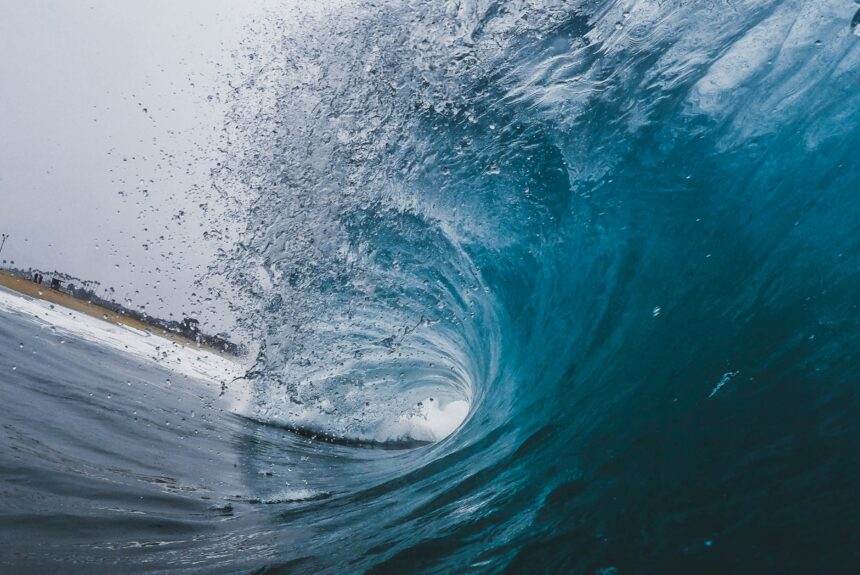National Clean Energy Week offers an opportunity to highlight innovative developments across America’s renewable energy sector. When we think about American clean power, wind and solar quickly come to mind. But an unexpected source is poised to make literal waves across the energy landscape: wave energy.
>>>READ: Using the Ocean’s Power to Fight Climate Change
It is a surprise that wave energy (also referred to as marine or ocean energy) is not discussed more in the United States. According to the U.S. Energy Information Administration (EIA), our country has high potential for such energy. A report from EIA noted: “The theoretical annual energy potential of waves off the coasts of the United States is estimated to be as much as 2.64 trillion kilowatthours, or the equivalent of about 64% of total U.S. utility-scale electricity generation in 2021.”
However, the theoretical application currently outweighs actual generation here in the United States. Functioning wave energy generation facilities across America are minimal. Why? CJ Clouse of GreenBiz explained:
“Bringing any new renewable energy source to market demands extensive research and development, and the ocean can be an inhospitable place. Salt water is corrosive; powerful storms can damage machinery; and getting devices out into the open water simply to test them requires a significant amount of time and money.”
While America has been limited by these factors in the past, other nations have been racing ahead to develop such technologies. The European Commission set a target to develop 100 megawatts of installed ocean energy capacity by 2025 and 40 gigawatts by 2050. Since 2010, Europe has seen 12.7 megawatts of wave energy development. European companies are also quickly developing new technology to meet a market need.
America has phenomenal wave energy potential and some of the best innovative minds in the world. Why should our nation ignore a huge clean energy source while it is being embraced by the rest of the world?
Thankfully, the tides are beginning to turn. In January, the U.S. Department of Energy (DOE) granted $25 million in funding for increased research, development, and demonstration of wave energy technologies. The funding supports eight different test projects. These projects will be developed at PacWave South, a state-of-the-art open water energy testing site that is the collaborative effort of local stakeholders, the DOE, the state of Oregon, and Oregon State University:
“The open ocean test site will consist of four berths, which will occupy two square nautical miles of ocean with a cable route to shore of approximately 12 miles in length. The location for PacWave South was selected through a public outreach process, including significant input from local fishermen. The project continues to have wide community support. As PacWave South is pre-permitted for the majority of wave energy device types, clients will not have to undertake a costly and time-consuming permitting process prior to testing at the site. This will allow for more rapid optimization of designs.”
>>>READ: New Turbine Innovation Grows Wind Energy Output, Costs Nothing
The different projects that will be developed and tested at PacWave South are not the only American ventures into wave energy. Another example is the marine energy team at National Renewable Energy Laboratory (NREL), which has also been working to develop wave energy systems that can meet the challenges presented by the ocean. This year, they announced the development of a design they believe would be cost-effective, productive, and resilient.
America has always innovated our way through challenges, and our nation is certainly on the way to innovating the solutions that fully unlock wave energy’s potential.
Kelvey Vander Hart is a native Iowan, a member of the American Conservation Coalition, and a communications specialist at Reason Foundation.
The views and opinions expressed are those of the author’s and do not necessarily reflect the official policy or position of C3.
